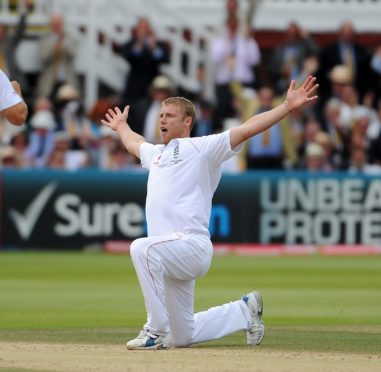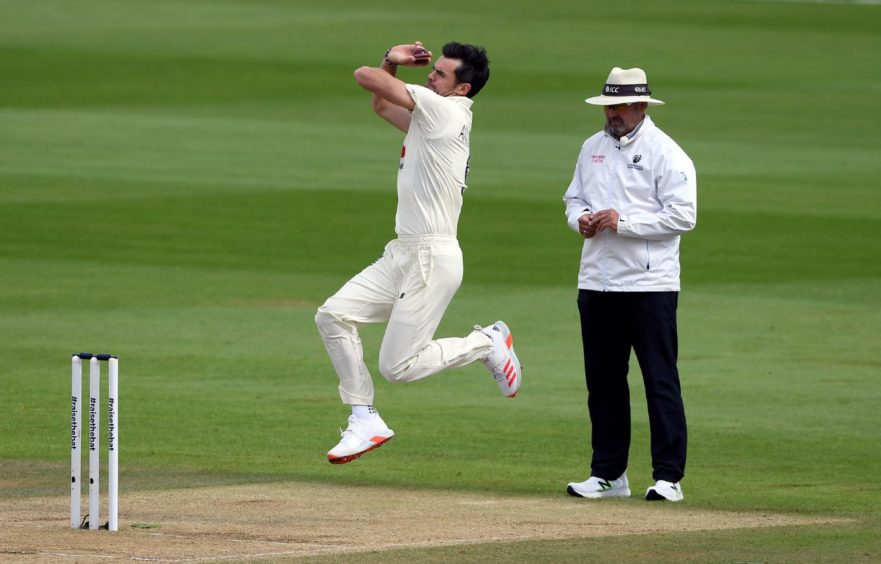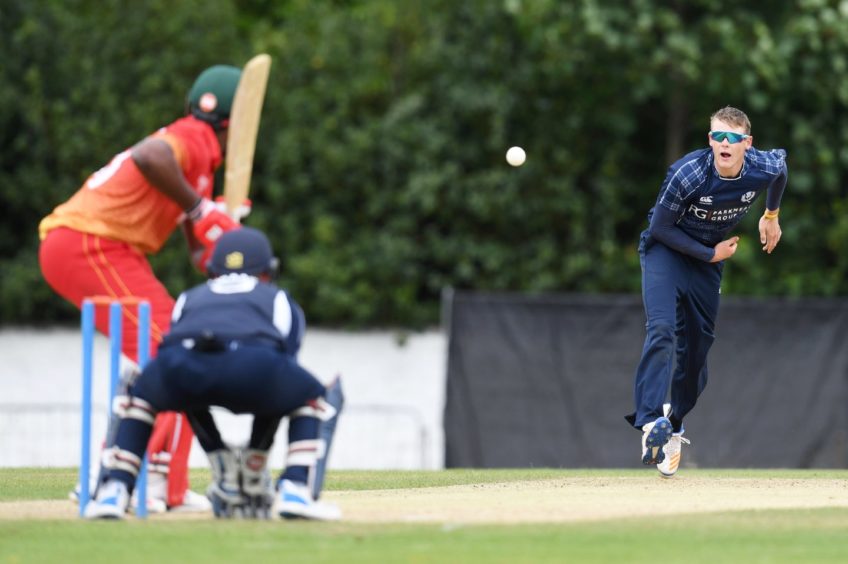It’s not every day that a cricket match has to be abandoned after a positive Covid test 15 overs into the proceedings – which happened during Aberdeenshire’s meeting with Strathmore at the weekend – but these are strange times for everybody involved in the summer game.
In the last few weeks, we’ve been spoon-fed The Hundred and served up the Vitality Blast, while being told these crash-bang-wallop tournaments are attracting a new audience to the sport. But, on the evidence of the ongoing England-India Test series, they are also casting a cloud over the longer and more cherishable format.
Just consider the fashion in which India subsided in the Third Test at Headingley. On the first morning, their much-vaunted line-up performed as if the idea of leaving the ball was sacrilege and the thought of displaying a proper defensive technique was heresy. They rallied on the third day when they were pursuing a deficit of more than 350, but collapsed balefully again the next morning.
The result was an emphatic innings victory for the hosts, another superb century for Joe Root, and the five-match series now tied at 1-1. But, while there were compelling aspects to the contest, particularly in the sumptuous form of Root and the enduring excellence of James Anderson, they were undermined by the growing feeling that Test cricket, as many of us know and love it, is withering on the vine.
It’s not simply the lack of technique or application among so many of the batsmen, though that is a problem in itself, but the rising absence of things which we used to take for granted. Such as the art of building an innings carefully, methodically, rotating the strike and keeping the scoreboard ticking over.
And from a bowling pespective, the ability to create pressure by denying opponents easy runs, and forcing them into places where they shouldn’t really go, like Michael Gove “raving” at an Aberdeen nightclub.
The greats glittered at Headingley
While watching the climax to proceedings in Leeds, I was taken back to when the countries met at the same venue in 2002 and I was in the press box to witness some of the genuine greats of their domain.
India’s top order featured Virender Sehwag, VVS Laxman, Rahul Dravid, Sachin Tendulkar and Sourav Ganguly – all of whom would walk into the current side – and the last three of these sublime performers struck 148, 193 and 128 respectively as the tourists amassed an imposing 628 for 8.
Unsurprisingly, that was sufficient for Ganguly’s attack to seize the initiative, but it didn’t happen without plenty of resistance being offered by the hosts. Michael Vaughan and Alec Stewart both hit half-centuries in response and, despite being asked to follow on, their defiance was maintained for more than 110 overs in the second innings with Nasser Hussain amassing a classy century, even if it was in a losing cause.
It wasn’t a tussle to remember for Andrew Flintoff – who was out for nought twice and survived a grand total of three balls – but there was the sense this was “proper” cricket, fought out in a combative, competitive manner. It didn’t need any gimmicks, fireworks or rock concerts to retain the crowd’s interests. And the ground was packed.
The series was eventually tied at 1-1, as the prelude to a thrilling one-day battle which ended with India triumphing in a wonderful final at Lord’s, where they rallied from 146 for 5 to chase down England’s 325. It led to a spellbinding denouement, which stretched all the way to the last few deliveries before Mohammad Kaif sealed the deal.
T20 is devouring world cricket
This was in the days before the launch of T20 and there is no point in arguing against the success of that format, nor that it can often provide explosive entertainment and cater for families and people who don’t have time to spend whole days at one match.
Yet I believe it’s beyond dispute there are now too many franchise-style tournaments, in too many countries, pandering to an audience which demands instant thrills.
Most young players these days hardly play on the county circuit in England or on the provincial stage in the Southern Hemisphere. Nor do they develop the qualities required to bat for seven or eight hours in the heat of international action.
It’s bad enough that the present Indian line-up – and they’re ranked No 2 in the world – seems largely bereft of the patience and perseverance which was so evident on that tour of 2002. But England, too, are trying to move forward with the Vitality Blast and The Hundred and there’s no room in the schedule for both competitions or not unless the four-day country structure is further diminished.
It’s a mess and one which shows no signs of being resolved. This winter, the focus should be on the resumption of Ashes hostilities Down Under, but a mixture of Covid restrictions and England’s leading players refusing to commit to an extended programme means the series could take second billing to the World Cup T20 in Dubai.
It’s a sad state of affairs, but it has been happening gradually in the last decade. If champions of white-ball cricket don’t recognise that reality, who will be playing, let alone turning up to watch, Test matches in 2040 and beyond?


